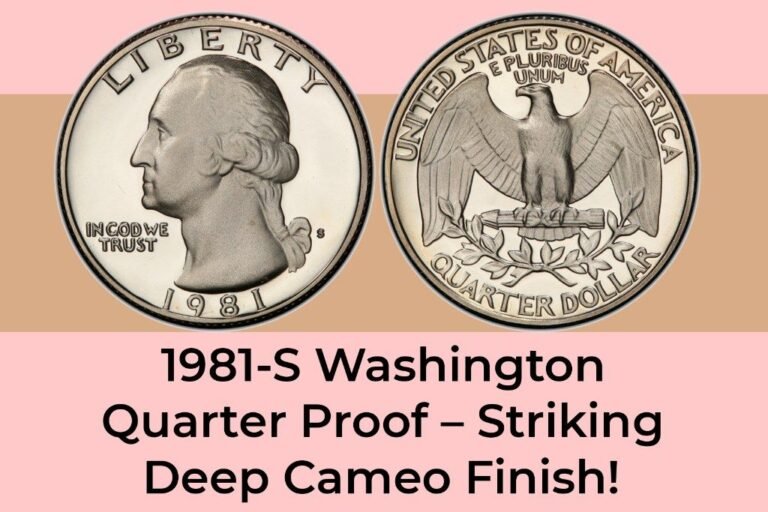1998-P Roosevelt Dime – In the world of modern U.S. coin collecting, most dimes are common, mass-produced, and worth little more than face value. But every now and then, a true anomaly emerges—one so rare and mysterious that it captures the attention of top numismatists and coin hunters alike. The 1998-P Roosevelt Dime Bonded Group is exactly that: an ultra-rare, unexplained error that has become one of the most fascinating modern coin discoveries in recent decades.
What Is the 1998-P Roosevelt Dime Bonded Group?
The “Bonded Group” refers to a unique and extremely rare error in which two or more 1998-P Roosevelt Dimes appear fused or bonded together at the edge—while still retaining full, separate obverse and reverse designs. Unlike typical double strikes or misaligned laminations, these coins show no signs of being struck together. Instead, they appear to have been chemically or metallurgically bonded during the planchet (blank) manufacturing process, before striking.
Only a handful of examples have ever been documented, and all are believed to have originated from the same batch of planchets at the Philadelphia Mint (hence the “P” mint mark). What makes them even more baffling is that the bonding is seamless—occurring at the rim—yet the individual coins maintain full detail, suggesting they were struck after bonding.
A Mystery in Minting Technology
The U.S. Mint uses a highly automated and precise process to manufacture coin blanks (planchets). Normally, planchets are cut from long strips of metal alloy (copper-nickel clad for dimes), then fed into coining presses. The idea that two planchets could become permanently fused edge-to-edge before striking—and then pass through the press without jamming or distorting—is nearly unheard of.
Experts believe this may have been the result of a rare malfunction in the annealing (heating) or stacking process, where planchets briefly adhered under heat and pressure. However, no official records from the Mint confirm such an event, making the Bonded Group a true numismatic enigma.
Also Read: 1937-D Three Legs Buffalo Nickel – Iconic Minting Error!
Why It’s So Rare and Valuable
Several factors contribute to the extraordinary status of the 1998-P Bonded Group:
- Extreme Scarcity: Only 3 to 5 confirmed examples are known to exist. Most are held in private collections or by professional numismatic researchers.
- Unique Physical Structure: Unlike clipped planchets or double denoms, the Bonded Group shows two complete, fully struck dimes fused edge-to-edge, almost like a “Siamese twin” coin.
- Modern Era Rarity: Most famous mint errors come from earlier decades. A major structural anomaly like this from 1998—a time of advanced minting technology—makes it even more surprising.
- Not a Post-Mint Alteration: Extensive metallurgical analysis has shown the bond is original, not soldered or glued after production.
Authentication and Verification
Because of its rarity and value, the 1998-P Roosevelt Dime Bonded Group is a prime target for counterfeits. Some fakes involve glued or soldered dimes, which can be easily detected with magnification or X-ray fluorescence (XRF) testing.
Authentic examples have been examined by top grading services and independent experts who confirm:
- Continuous metal flow across the bond
- Matching die characteristics and strike alignment
- No foreign material at the fusion point
To date, no major grading service (PCGS, NGC) has officially certified a Bonded Group due to its unprecedented nature, but leading numismatic researchers recognize its legitimacy.
Also Read: 1899 Indian Head Penny – Timeless Copper Classic!
Estimated Value
Given its undocumented status and private-market exclusivity, the 1998-P Bonded Group has no official price guide listing. However, based on private sales of similar ultra-rare modern errors (like the 1999-P Doubled Die or 2000-P Sacagawea Die Clash), experts estimate its value in the range of:
$15,000 – $30,000+, depending on provenance, condition, and verification.
If one were to appear at a public auction with full expert authentication, it could potentially command even higher.
A Wake-Up Call for Coin Collectors
The discovery of the 1998-P Bonded Group proves that even in the age of computerized minting, rare and extraordinary errors can still occur—and may be hiding in plain sight. While most modern coins are uniform, vigilant collectors know that checking rolls, bags, or bulk coin purchases could lead to a once-in-a-lifetime find.
Conclusion
The 1998-P Roosevelt Dime Bonded Group is not just a rare coin—it’s a numismatic mystery. A freak occurrence from a modern mint, it defies conventional understanding of coin production and stands as one of the most unusual and intriguing finds in contemporary U.S. numismatics.
Ultra-rare, scientifically fascinating, and visually striking, this coin is a reminder that treasure can still turn up in the most unexpected places—even in a roll of pocket change. For collectors, the Bonded Group isn’t just valuable metal; it’s a modern legend in the making.



